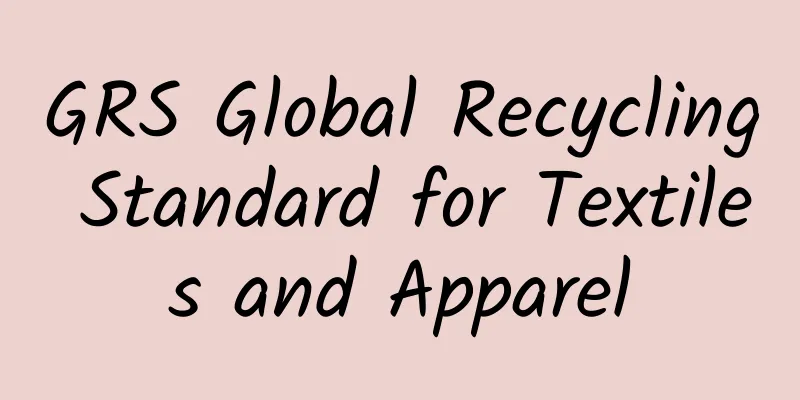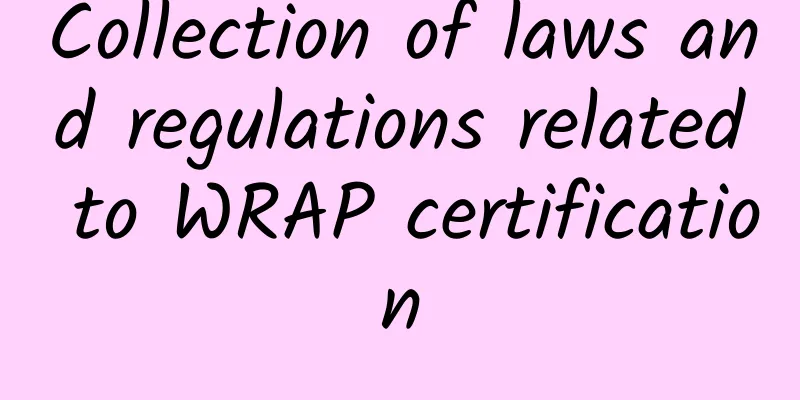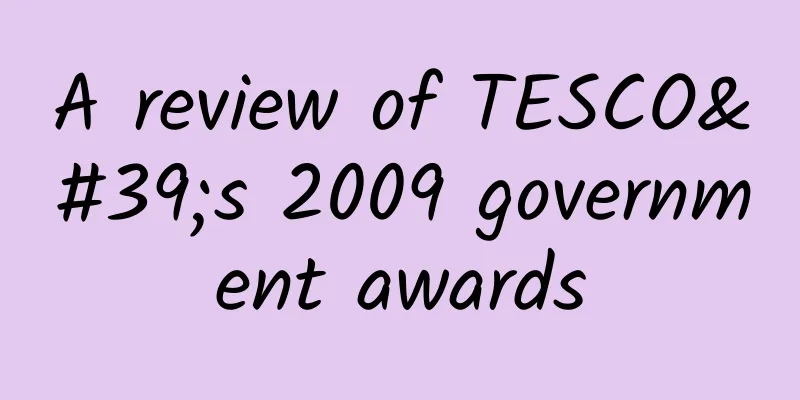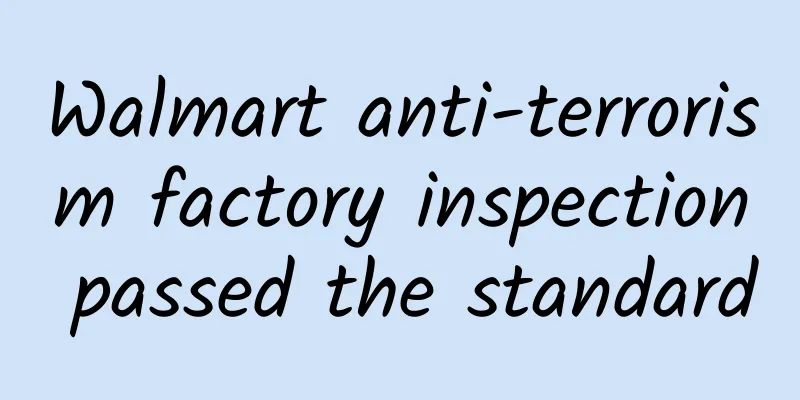GRS Global Recycling Standard for Textiles and Apparel

|
In response to strong demand for eco-friendly textiles from brands and retailers, the Alliance for Sustainable Development has developed the first Global Recycled Standard (GRS) for textiles and apparel to ensure greater procurement transparency through the production supply chain. The new GRS is a three-level system, divided into copper standard, silver standard and gold standard according to the recycling standards of each product. The highest gold standard requires products to contain 95-100% recycled materials, silver standard products contain 70-95% recycled materials, and copper standard GRS logo products need to contain no less than 30% recycled materials. All compliant products must display the recycled content percentage and will carry the appropriate gold, silver or bronze GRS logo. Mark Prosé, head of the management alliance certification agency, said that the development of global recycling standards is a response to the growing demand of the textile industry to support them in producing environmentally friendly products with recycled materials. The backbone of this standard is the track-and-trace system, which supports the requirements of textile factories and brands for recycled product ingredients. The alliance said it would use a proof-of-transaction system for track-and-trace, instead of a virtual online system, because not everyone in the supply chain would be willing to expose costs or any confidentiality. According to GRS, the recycled materials used in textiles will be based on the standards that have been announced by the Scientific Certification System (SCS). In addition to raw material specifications, this standard also includes environmental processing standards. It includes strict requirements for wastewater treatment and chemical use (according to the Global Organic Textile Standard (GOTS) and Oeko-Tex100). Social responsibility factors are also included in the GRS, which aims to ensure the health and safety of workers, support workers' labor rights, and comply with the standards set by the International Labor Organization (ILO). |
<<: WRAP FAQs: Certification Programs
>>: Lowe's factory inspection matters needing attention
Recommend
What is product crowdfunding? What are the differences between product crowdfunding and product group buying?
What is Product Crowdfunding? Product crowdfundin...
A review of TESCO's 2009 government awards
May 21, 2010, China - With the end of the 2009 fis...
How is Hanlin Logistics? What services does Hanlin Logistics provide?
How about Hanlin Logistics? Hanlin Logistics spec...
Adidas sports shoes have rips and wrinkles, and after-sales service is annoying
Huicong.com reported on April 15 that Li Yaocheng...
What is Seller Growth VAT like? What are the core services of Seller Growth VAT?
Seller Growth VAT (affiliated to Shenzhen Qianhai...
Post Planner--"Finding the right content on social media"
What is Post Planner? Post Planner is a tool that...
Customer factory audit on forced labor issues
Forced labor includes prison labor, indentured lab...
Timberland Timberland Factory Inspection Document List
Timberland Timberland Factory Inspection Document...
H&M and Levi's announce global supplier ban on sandblasting
Hennes & Mauritz AB (H&M) and Levi Straus...
What is the five-country instruction manual? What information does the five-country instruction manual require?
As the name suggests, the five-language instructi...
What are the characteristics of the major eBay sites?
I want to enter eBay to make a pot of gold after ...
eBay Hong Kong official website homepage address and eBay Hong Kong official website order process
ebay/" target="_self">The homep...
About SVCOC Sustainable Viscose Certification!!!
CA Sustainable Viscose Chain of Custody Standard ...
How can export-oriented small enterprises obtain orders through foreign trade factory inspections?
In addition to OEM factories providing a large nu...
TAXEURO--Germany's first European accounting firm
TAXEURO (German One Europe Accounting Firm) is th...









